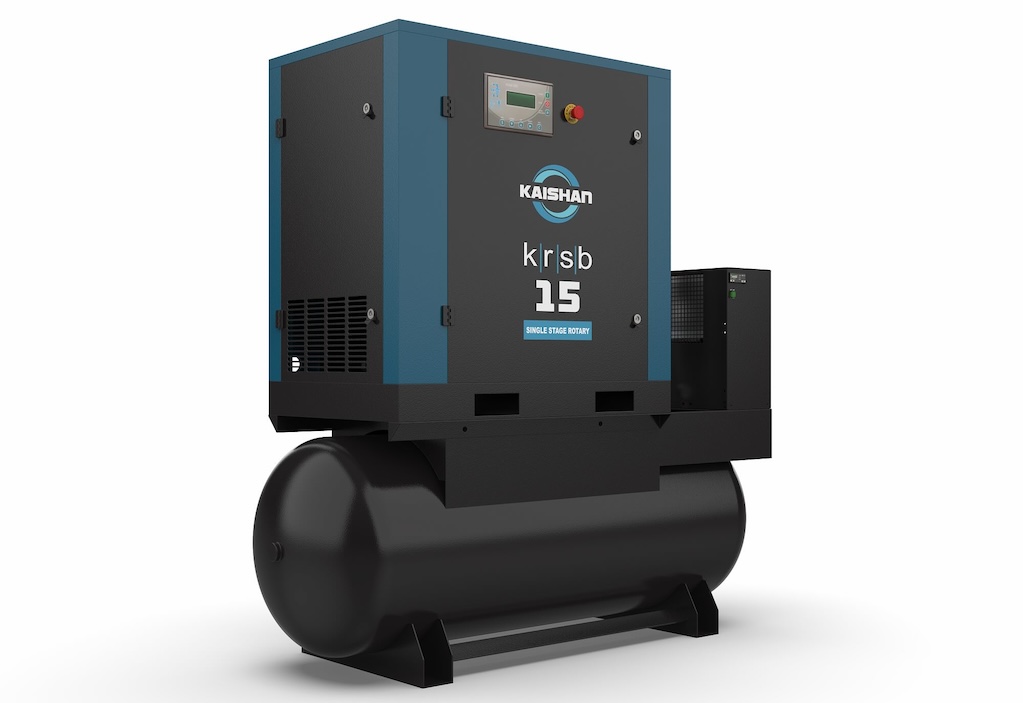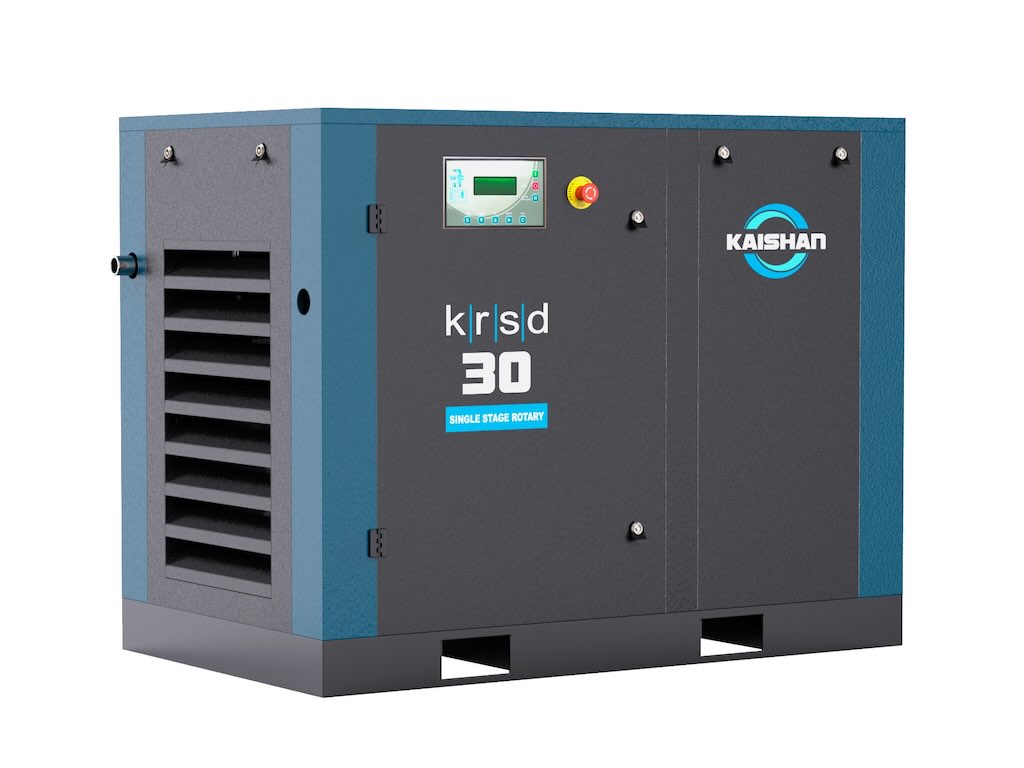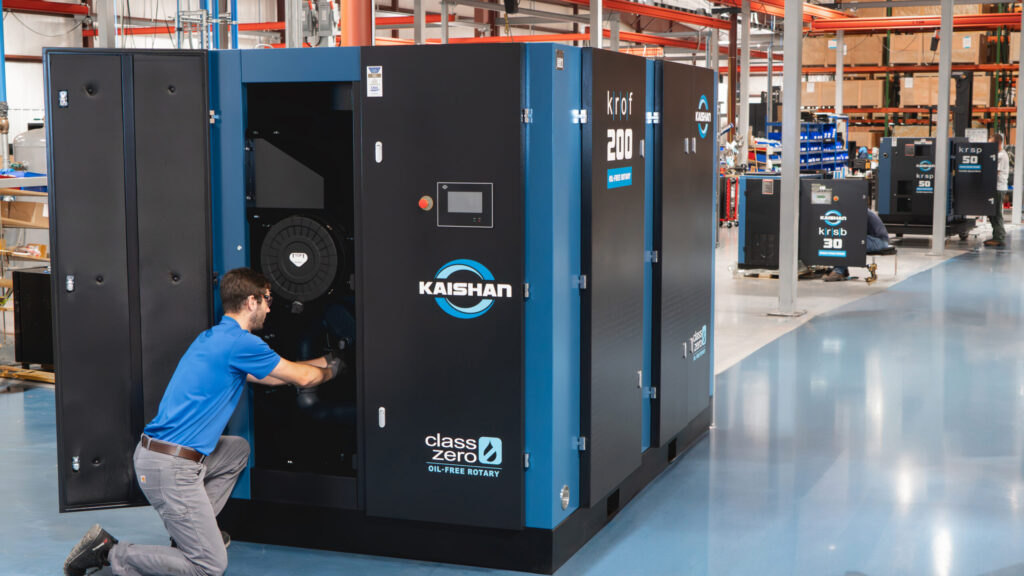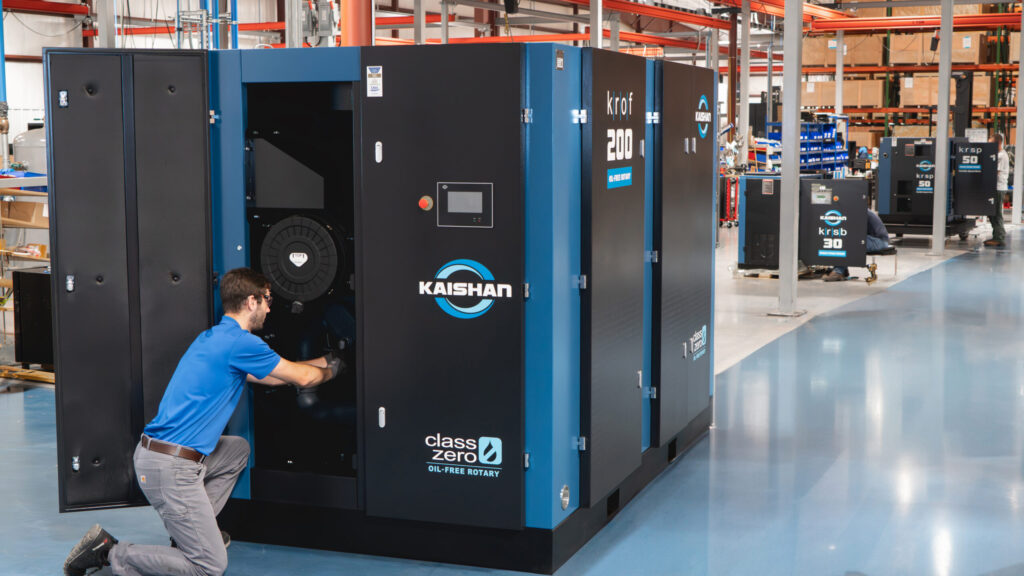A recent ARC Advisory Group study, “High Power ac Drive Worldwide Outlook,” indicates that strong global economic growth and buoyant consumer demand contributed to robust growth of the high power ac drive market. Manufacturing companies in a variety of industries invested heavily to create additional manufacturing capacity and in capital equipment to upgrade existing plants. The worldwide market for high power ac drives exceeded $3.2 billion in 2004 and it is expected to grow at a Compounded Annual Growth Rate (CAGR) of 8.9% over the next five years, according to the ARC study.
Escalating energy costs experienced in recent years has forced manufacturers to focus on energy conservation measures. Increased energy costs have spurred the use of high power ac drives, particularly in energy-intensive industries such as cement, chemical and metals & mining. “With energy costs increasing and drive prices falling, the payback period is becoming shorter, helping users to justify capital expenditures on ac drives,” according to Senior Analyst Himanshu Shah, co-author of the study.
Factors that ARC expects to contribute to robust growth of the high power ac drive market include manufacturer energy saving and reliability initiatives, incorporation of more user-friendly features and new solution-based drive systems. New applications such as drives for hybrid powered automobiles will also contribute to market growth.
Positive economic developments in emerging markets such as Asia also contributed to market growth. As developing countries such as China and India continue to invest heavily in basic infrastructure-related industries, high power ac drive use will continue to be strong, according to ARC.
Users are demanding comprehensive solutions with an emphasis on total lifecycle cost, productivity, and return on assets (ROA). Responding to user demand for such solutions, global suppliers are bundling high power ac drives with a broader range of services such as higher levels of pre and post-sale technical support including equipment installation, project commissioning, product training and maintenance services. Suppliers are also developing collaborative partnership arrangements with OEMs that manufacture driven equipment such as compressors, fans and pumps to reduce system total cost of ownership (TCO).
ARC’s study provides an analysis and forecast of various geographic and industrial market segmentations, supplier market shares, and supplier company profiles. The study also addresses the impact of compliance with international standards on suppliers. The multiplicity of standards as well as the time and cost associated in securing appropriate standard certification may hinder a supplier’s ability to bring new products to market in a timely manner.



